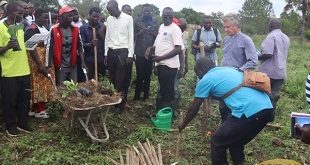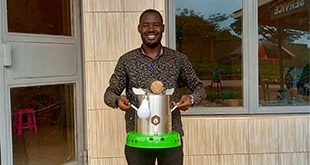By applying this scale to different SDG relationships, we were able to answer some important questions. For example, we could determine if protecting the oceans will stifle economic growth and urban development in a particular country or region. And we could determine if increasing agricultural production would make it harder to manage natural resources; or if expanding renewable-energy sources would deplete the water supply in already-arid regions.
One exciting discovery we’ve made is that most SDG targets actually do reinforce one another. For example, helping the world’s poorest people shift away from traditional fuels such as firewood, charcoal, and animal dung would go a long way toward reducing deaths and illnesses from air pollution, especially among women and children.
And in cases where different goals do not align, policymakers can make adjustments as needed. For example, we found that increased agricultural production can damage the oceans if it adds to nutrient run-off and other forms of pollution; and this, in turn, could undermine health and long-term food security.
Moreover, our approach had benefits beyond the immediate quantitative findings, because it united scientists from different disciplines around a shared goal. This was no easy task: scientists are critical consumers of information, and they do not always agree with one another. But, owing to the sheer scale of the SDGs, the participants had to hash out their differences, and develop a common language to devise the best way forward. Breaking down disciplinary silos and bringing together different voices is a significant achievement in itself. It can serve as an example for leaders in government, business, and civil society to follow.
So, where do we go from here? Our analytical framework can help countries figure out which SDGs benefit others, and which do not. With it, policymakers can prioritise goals and investments; map existing resources and identify budget gaps; and establish mechanisms for sharing data and information across sectors.
More generally, each country will need to monitor its progress toward each SDG, and revise its approach as needed. This will require diligence from all policymakers. But the potential return on investment, not least a better planet for generations to come, is enormous.
Whether science really will save the world remains to be seen. But one thing we know is that scientists can point us in the right direction.
****
Anne-Sophie Stevance leads policy work at the International Council for Science. David McCollum is a research scholar at the International Institute for Applied Systems Analysis.
 The Independent Uganda: You get the Truth we Pay the Price
The Independent Uganda: You get the Truth we Pay the Price



